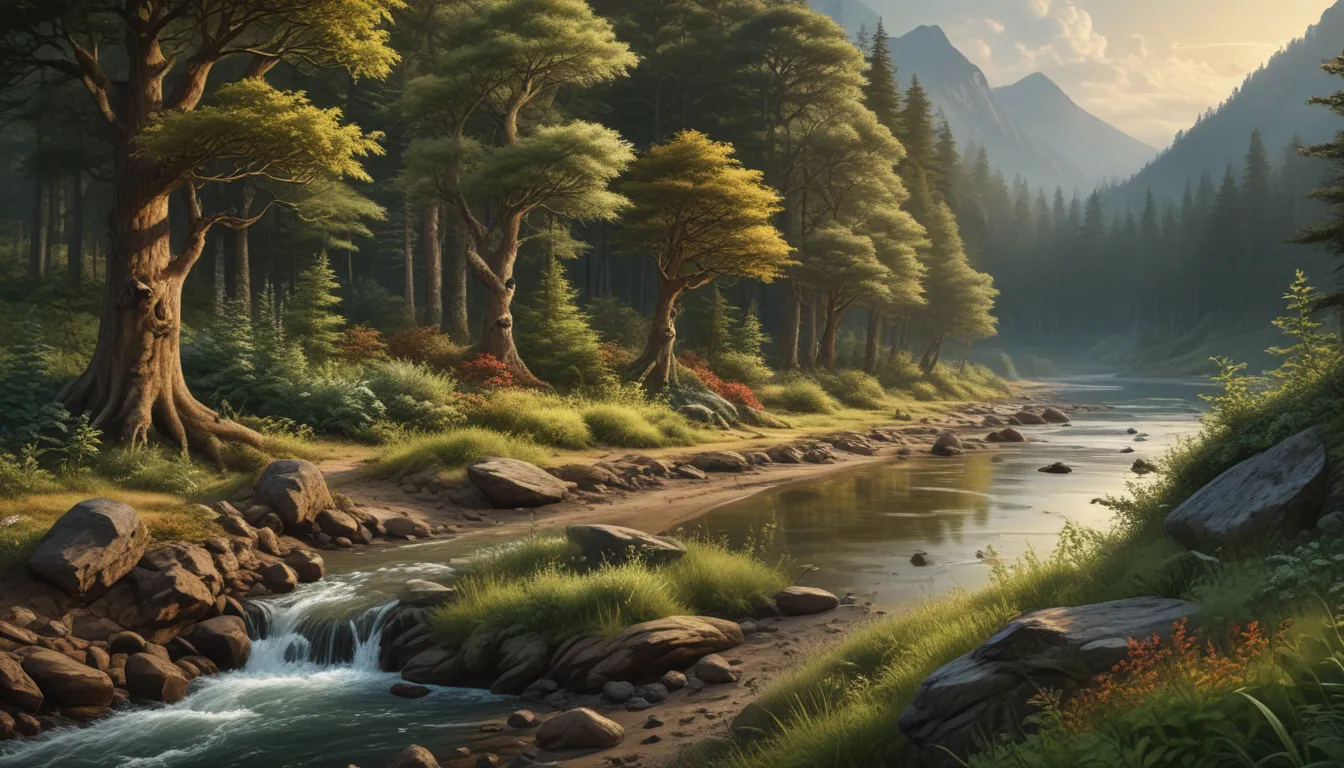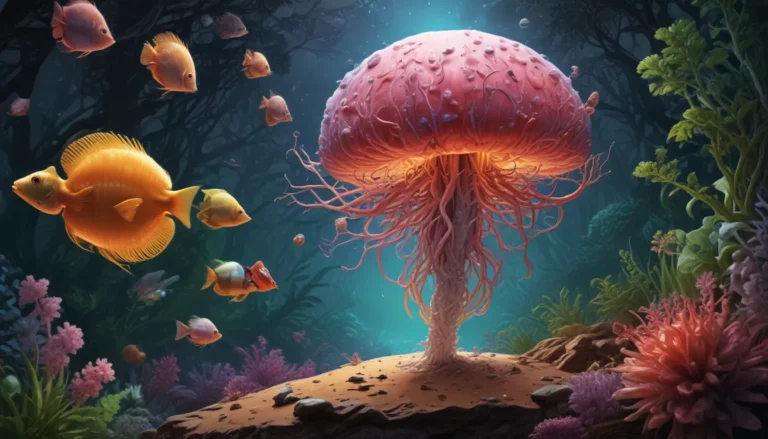A Note About Images: The images used in our articles are for illustration purposes only and may not exactly match the content. They are meant to engage readers, but the text should be relied upon for accurate information.
In the intricate web of nature, ecological succession stands as a testament to the resilience and adaptability of ecosystems. This gradual and predictable process of change in the structure and composition of ecosystems over time is influenced by various factors like climate, soil conditions, and the presence of living organisms. By delving into the world of ecological succession, we unravel the secrets behind the balance and biodiversity that thrive in nature.
Unveiling the Marvels of Ecological Succession
Ecological succession unfolds its wonders in both terrestrial and aquatic ecosystems, shaping the landscape with its transformative power. From the barren surfaces of newly formed volcanic islands to the aftermath of forest fires, the two main types of succession – primary and secondary – embody the beauty of nature’s rebirth. As time unfolds, spanning hundreds to thousands of years, a climax community emerges, a harmonious blend of diverse species encapsulating the pinnacle of succession.
The Role of Pioneer Species in Shaping Succession
At the forefront of ecological succession stand the pioneer species, the trailblazers that pave the way for other organisms to flourish. From resilient lichens to tenacious mosses, these species colonize disturbed environments, creating a hospitable habitat for the ecosystem’s progression. As these early settlers weather the harsh conditions, they lay the foundation for a vibrant tapestry of life to follow, showcasing the intricate dance of nature’s resilience.
Factors Influencing the Tapestry of Succession
The canvas of ecological succession is painted with a palette of abiotic and biotic factors that shape its course. From temperature and rainfall to interactions between species, these influences orchestrate the symphony of life’s progression. As biodiversity blooms and ecosystems evolve, the delicate balance maintained by these factors showcases the intricate harmony of nature’s design.
Delving Deeper: The Dynamics of Succession
The evolution of ecological succession unravels the intricate dance of species in a dynamic ecosystem. From the pioneering efforts of early successional species to the recovery aided by dormant seed banks, the saga of succession unfolds with a richness of complexities. As ecosystems adapt and recover from disturbances, the overarching narrative of resilience and balance emerges, underscoring nature’s ability to heal and thrive.
Nurturing Our Ecosystems: The Importance of Understanding Succession
In a world shaped by human activities, the preservation of ecological succession is crucial for the health and sustainability of our environment. By studying the nuances of succession, we gain insights into ecosystem resilience and adaptation to environmental changes. Through conservation efforts and ecosystem restoration, we can safeguard the delicate balance of nature and ensure the preservation of biodiversity for future generations.
Embracing the Ever-Changing Tapestry of Nature
Ecological succession is a captivating journey that unfolds before us, showcasing the intricate interplay of species in a dynamic ecosystem. From the early colonization of pioneer species to the establishment of a stable climax community, the process of succession reflects the resilience and interconnectedness of nature. By delving into the realms of succession, we embark on a voyage of discovery, unraveling the mysteries that shape and transform our precious ecosystems.
FAQs: Unveiling the Mysteries of Ecological Succession
-
What is ecological succession?
Ecological succession is the gradual and predictable process of change in a community of organisms over time, shaping the structure and composition of ecosystems. -
What are the different types of ecological succession?
Primary succession occurs in areas devoid of soil, while secondary succession takes place in previously disturbed ecosystems, each portraying nature’s ability to regenerate and adapt. -
Why are pioneer species important in ecological succession?
Pioneer species are essential for initiating succession, colonizing barren habitats, and paving the way for other species to thrive in evolving ecosystems. -
How does ecological succession contribute to ecosystem stability?
Ecological succession fosters ecosystem stability by allowing for the replacement of species, enabling complex interactions among organisms, and ensuring adaptation to changing environmental conditions. -
How long does ecological succession take to reach a climax community?
The duration of ecological succession varies, spanning decades to centuries, as ecosystems evolve towards a stable and diverse climax community, embodying the resilience of nature.
In the enchanting tapestry of nature, ecological succession stands as a beacon of resilience and adaptability, showcasing the intricate dance of life’s progression. As we unravel the mysteries of this process, we gain a deeper appreciation for the interconnectedness of ecosystems and the delicate balance that sustains our planet. By nurturing and conserving these precious habitats, we not only safeguard biodiversity but also ensure a sustainable future for generations to come.






